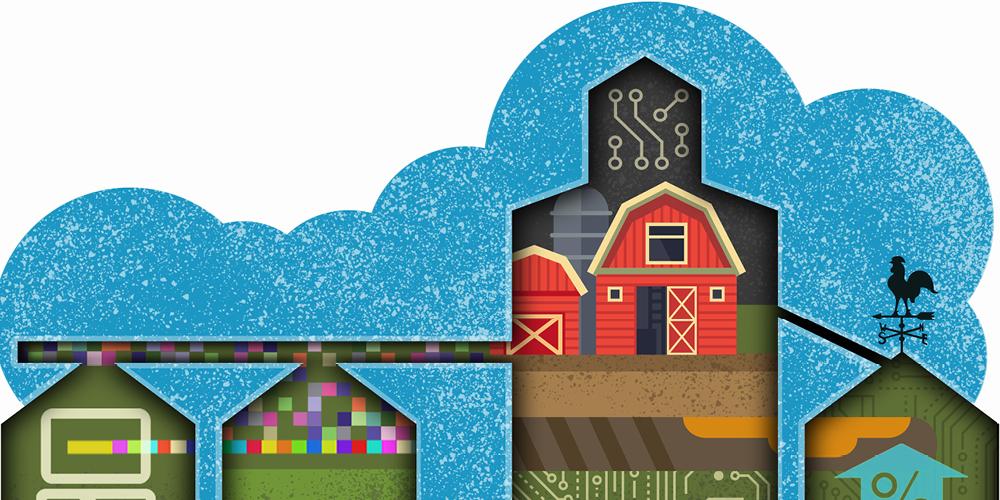From steam-powered behemoths to GPS-guided precision machines, the evolution of tractor technology represents one of agriculture’s most meaningful transformations. Over the past hundred years, these mechanical workhorses have progressed from basic pull-and-plow devices to refined computers on wheels, fundamentally changing how humans cultivate land. This technological journey mirrors the broader story of agricultural modernization, showcasing how engineering advances have consistently reshaped farming practices and boosted agricultural productivity. From steam-powered behemoths to autonomous machines guided by satellites, agricultural technology has undergone remarkable transformations. The early 1900s marked the transition from horse-drawn implements to mechanical power, with steam traction engines leading the charge. These massive machines, while revolutionary, were cumbersome and required extensive maintenance.
The 1920s witnessed the rise of gasoline-powered tractors, with brands like Fordson and John deere introducing more practical designs. These machines featured steel wheels and basic power take-off systems,enabling farmers to mechanize various field operations. The subsequent decade brought pneumatic tires, considerably improving traction and reducing soil compaction.
Post-World War II developments ushered in hydraulic systems,allowing for better implement control and increased versatility. The 1950s saw the introduction of diesel engines, offering superior fuel efficiency and torque.This period also marked the beginning of enclosed cabs, providing operators with protection from dust and weather elements.
The 1970s brought significant advances in transmission technology, with manufacturers developing synchronized gearboxes and power shift transmissions. These innovations allowed operators to change speeds without stopping, improving productivity and reducing operator fatigue. The decade also saw the introduction of four-wheel drive systems, enhancing traction and pulling power.
Electronic systems began appearing in the 1980s, with monitors and sensors providing real-time facts about engine performance, fuel consumption, and implement status. The 1990s marked the advent of precision farming, with GPS technology enabling accurate field mapping and automated steering systems.
The turn of the millennium saw the integration of computer systems and digital technology. Variable rate submission systems allowed for precise control of inputs,while telematics enabled remote monitoring and diagnostics. Advanced suspension systems improved operator comfort, while enhanced emission controls reduced environmental impact.
Today’s tractors feature artificial intelligence, machine learning, and Internet of Things (IoT) connectivity. These technologies enable automated operation, predictive maintenance, and data-driven decision-making. Electric and hybrid powertrains are emerging, promising reduced emissions and operating costs.
Modern cab designs rival luxury vehicles,with climate control,entertainment systems,and ergonomic controls. Advanced implements feature ISOBUS compatibility, allowing seamless communication between tractor and equipment. Real-time soil sensors and crop monitoring systems provide instant feedback for optimal resource management.
Looking ahead, autonomous operation and swarm robotics are poised to revolutionize agricultural machinery.These systems will enable 24-hour operation, reduced labor requirements, and improved precision. Choice power sources, including hydrogen fuel cells and solar technology, are under growth, promising lasting farming solutions for future generations.
The integration of blockchain technology and smart contracts is facilitating equipment sharing and automated service scheduling, while augmented reality displays are enhancing operator awareness and decision-making capabilities. These innovations continue to reshape agricultural productivity, efficiency, and sustainability.


